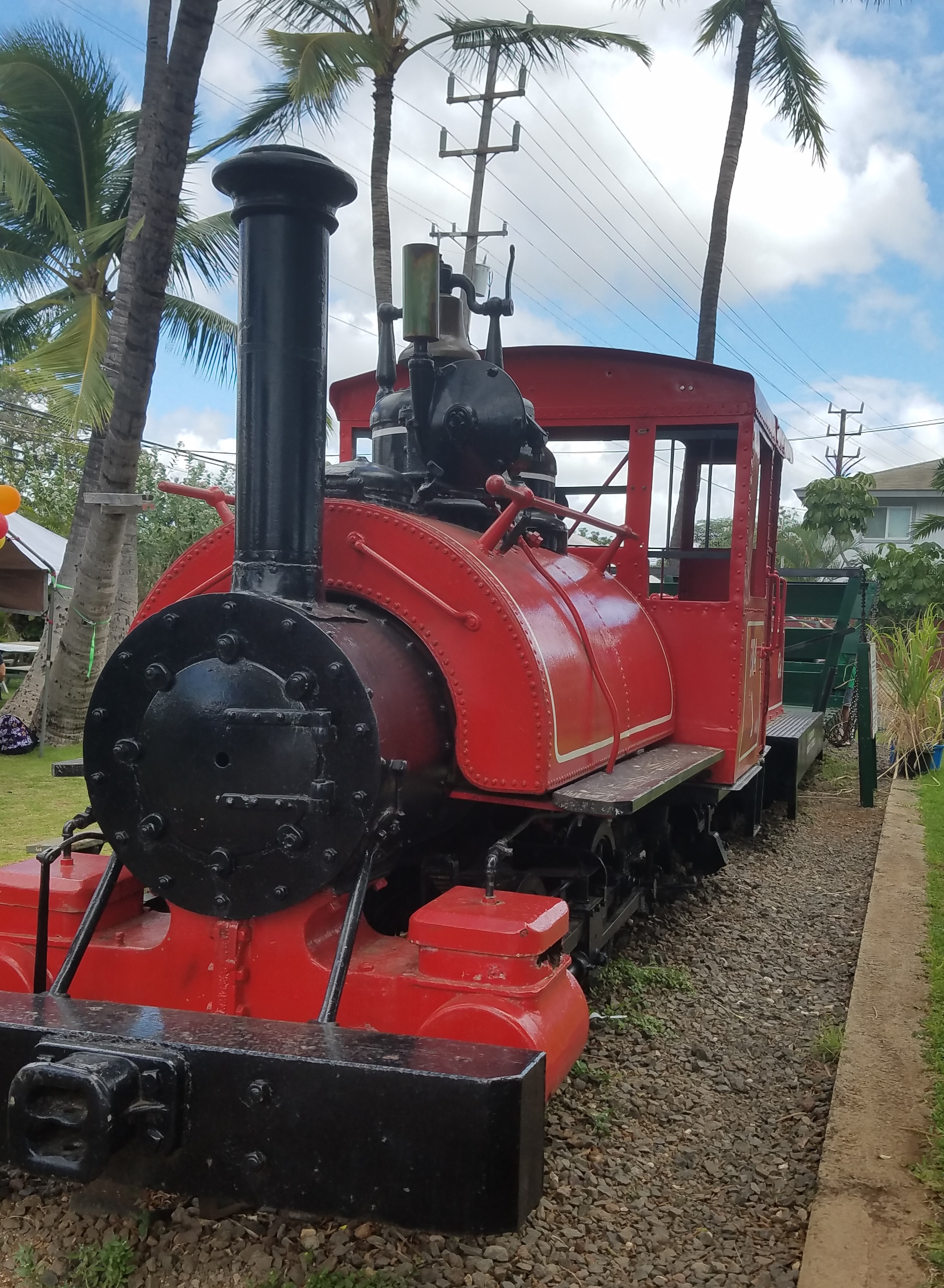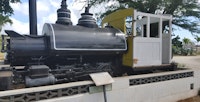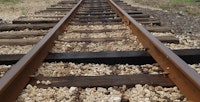Rail transit is a hot-button issue in Honolulu. But railroads on Oahu have a much longer and richer history than the current, decades-long struggle to bring the rails to the city. Tucked into a sleepy community on the Ewa Plain near Kapolei, in a quiet neighborhood bustled only by the roar of jetfighters overhead and the rumble of the Route 44 Ewa Beach city bus, is the Hawaiian Railway Society. It is where the story of the railroad in Hawaii is preserved.
During the peak of the sugar industry in Hawaii, there were dozens of rail lines spanning many hundreds of miles on Oahu, Hawaii Island, Maui, Kauai, Molokai, and Lanai. Yes, these are relatively small islands, but the demands of industrialized sugar production required transportation that was more efficient than the horse and wagon.
The Hawaiian Railway Society is what remains of the sugar train on Oahu. It is the remnant of the Oahu Railway & Land Company, opened in 1889 under contract with King David Kalakaua. It began operating on the King’s birthday, November 16, treating thousands that day to free rides on eleven trains.
Benjamin Dillingham is credited with beginning this railway, but he is certainly not the first to bring the railroad to Hawaii. Indeed, the rails were operating in Hawaii for many years before the Ewa line preserved by the Hawaiian Railway Society began.
However, the Oahu Railway & Land Company line is important historically because it involves a variety of developments that have come to shape life and industry in Hawaii. James Campbell’s discovery of a subterranean Artesian supply of fresh water in Ewa was a key factor in building the rail line, and in the prosperous agricultural industry that fostered Hawaii’s growth on a global scale.
The Hawaiian Railway Society offers train rides on Saturdays and Sundays, and the guides regale riders with little-known stories about the railway. For instance, warning signs near the track were once printed in the Hawaiian language saying, roughly, “Look out for the fire car!” There is also a point during the ride when the guide may offer a
The ride takes passengers along the line all the way out to Kahe Point, through cane fields, neighborhoods, and the splashy resorts of Ko Olina. The grounds of the Hawaiian Railway Society are full of well-preserved railway artifacts, including lovingly preserved locomotives, rusting old train parts, and painted signs from the rail line’s glory days.
The visitor center is modest, with smiling attendants and a picnic area to enjoy as kids clambor about 120-year-old train cars and engines. Capacity on the train rides is fairly small, particularly for the famed “Dillingham Family Car,” used to accommodate the scions of industry in Hawaii on their excursion into what was then, in the 1880’s, Oahu’s agricultural and residential frontier.
Visit www.hawaiianrailway.com for more information and to plan your ride on the Hawaiian Railway.






